4 ways to turn your lawn into an edible garden
Why devote your yard to turfgrass when you can use that space to feed yourself *and* the other creatures who call your neighbourhood home?
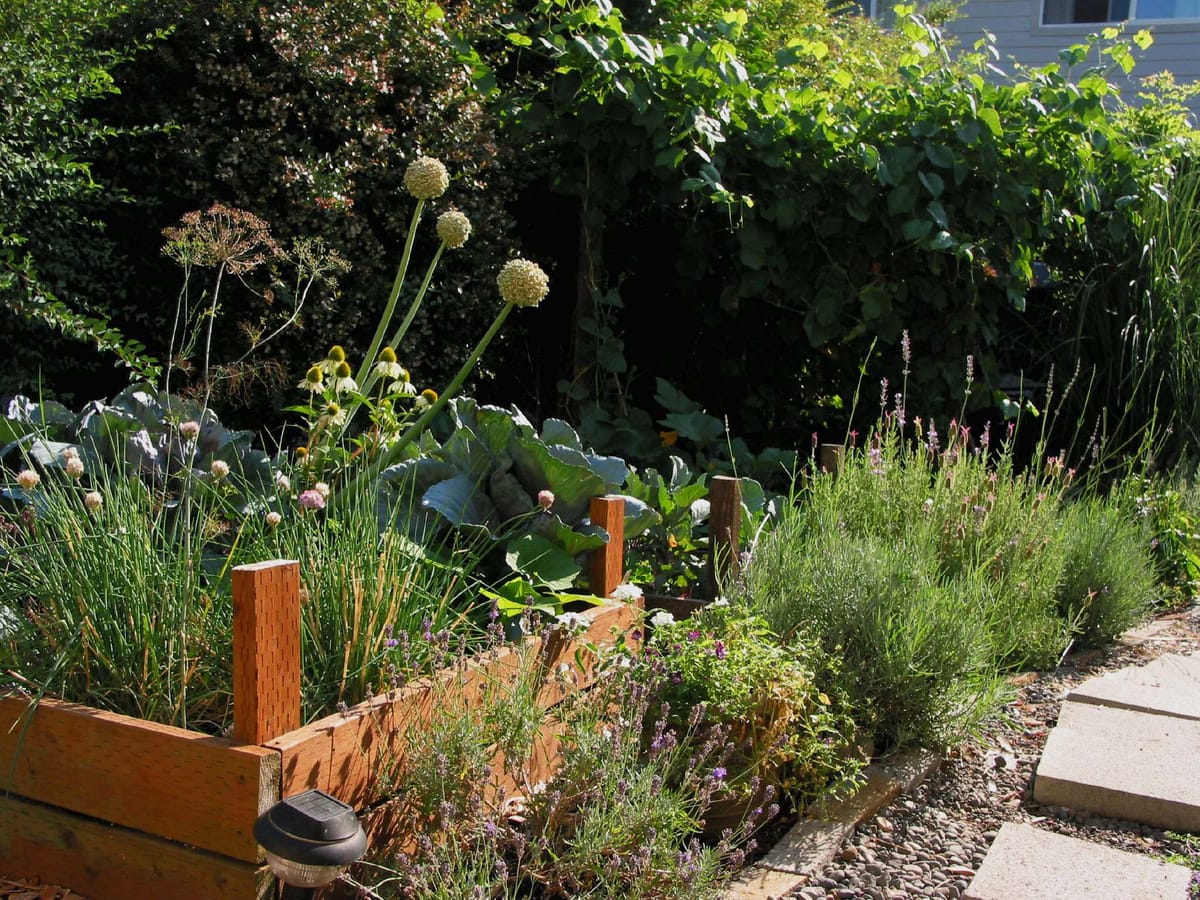
Big or small, our yards are living canvases we can “paint” with a wide variety of plant textures and colours. Traditionally, the main medium has been grass, in the form of lawns. But what if we replaced some (or all) of that lawn space to grow food – not only for us, but for pollinators and wildlife? Lawns don’t really feed… anything. But diverse gardens do. Here are some ideas for edible lawn replacements.
1. Plant edible ground covers
Ground covers are low-maintenance plant options that are low-growing and spread in a garden space. (Avoid planting anything invasive!) An added bonus is they help suppress weeds. And there’s an even bigger bonus if they produce some type of berry or fruit, or flowers pollinators can enjoy.
Wild strawberries are a great example. There are a couple of types that are native to most of Canada, Fragaria vesca and Fragaria virginiana. Both are members of the rose family and produce small edible fruits. For a shadier area, consider wild ginger (Asarum canadense).

Cranberry (Vaccinium macrocarpon) is another creeper, but with decidedly more sour fruits. It can be hard to find, but fun to seek out if it fits your habitat. Creeping juniper (Juniperus horizontalis) and bunchberry (Cornus canadensis) both produce berries that will feed the birds that come to your yard.
Herbs are another ground cover option that can be eaten fresh or dried for the spice rack. It’s important to note that some, such as mint and lemon balm, are best planted in pots due to their habit of completely taking over your garden. Thyme is a nice option that can be interplanted with other perennials, as are chives, fennel and oregano. Look to garden groups in your area for more non-invasive edible groundcover ideas.
2. Grow food and flowers in raised beds
A vegetable garden is a great way to replace some traditional turfgrass real estate. Whether it’s in the front or the backyard, take advantage of where the sun is. Raised beds help to keep an area neat and tidy. And there are some benefits to gardening in them as well.
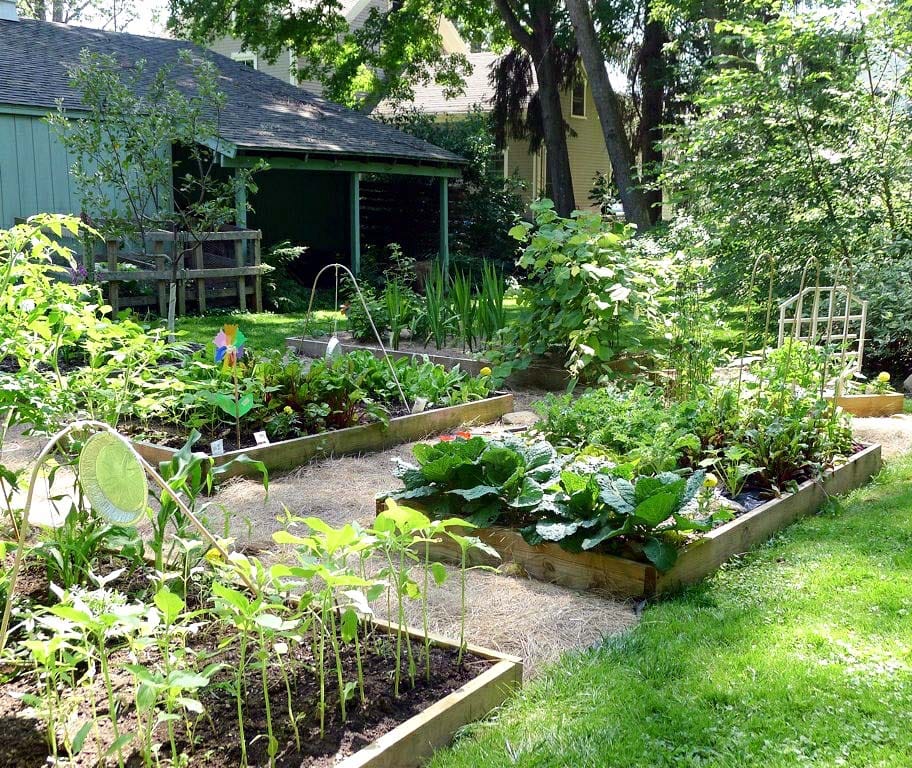
I live on a ravine where the tree canopy has increased over time, throwing my original raised beds into dappled shade. I now have two big galvanized raised beds in a corner of my front lawn (which I’m working to diminish) and a smaller wooden raised bed nestled into a perennial garden. The grass was dug out, turned over and used to fill the bottom of the deep raised beds.
Cool-weather veggies like peas, radishes, turnips and kale can be planted in the spring once the soil can be worked. Vegetables that need warmth to thrive are planted after all threats of frost have passed. These include melons, tomatoes, cucumbers, peppers and squash.
Speaking of squash, a traditional planting technique named the “Three Sisters” by a number of Indigenous communities is an effective way to grow corn, beans and squash together. The corn acts as a plant support for the beans. The beans fix nitrogen in the soil that feeds the plants. And as the squash spreads out its leaves shade the soil, helping to preserve moisture.
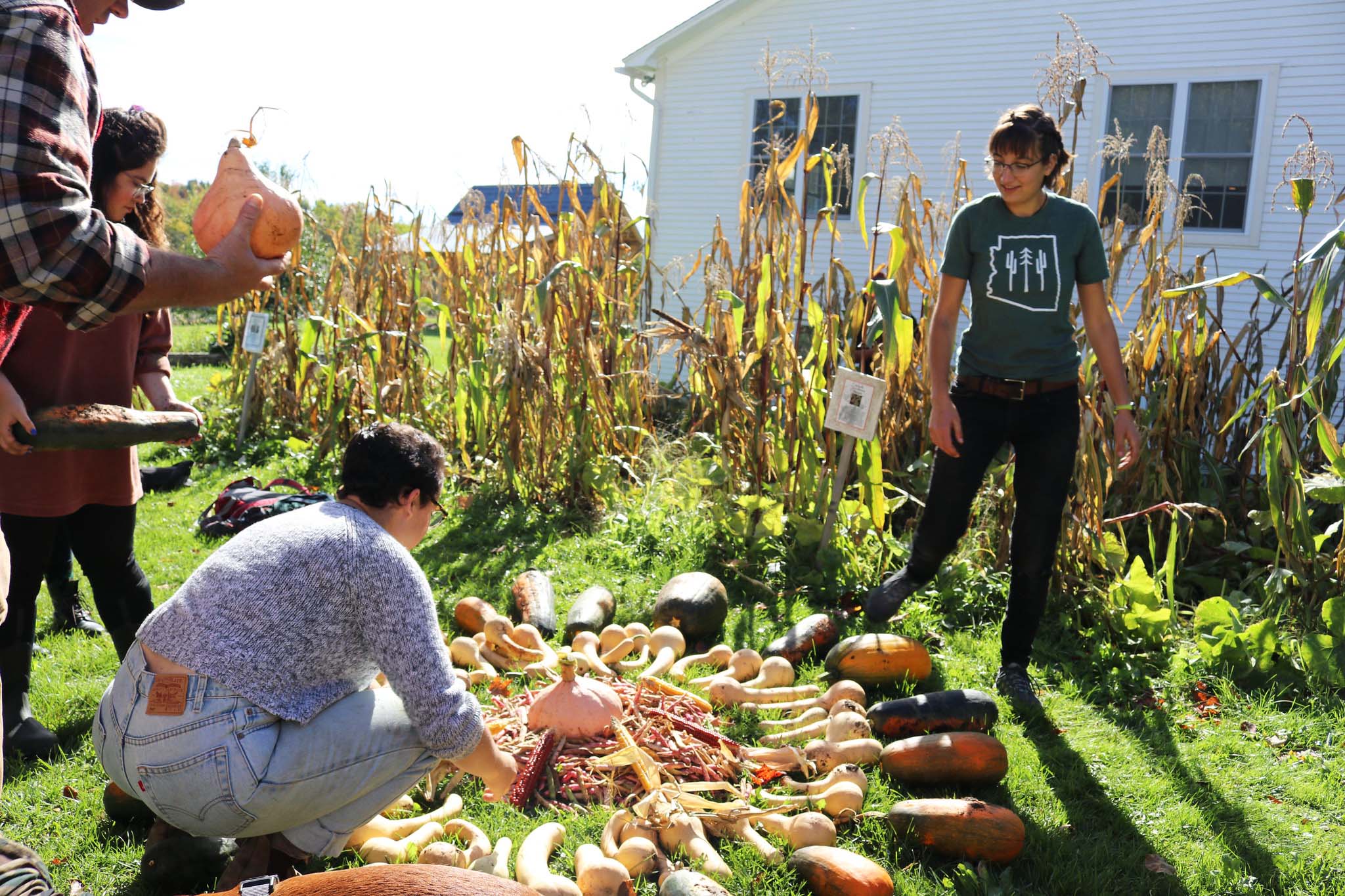
I always include plenty of flowers among the food crops in my raised beds to attract beneficial insects. This is a good way to bring more native plants into your yard. Some of them I cut for summer bouquets.
3. Plant edible trees and shrubs
Trees and shrubs are generally chosen for their aesthetics and function. A little research can uncover options that thrive in your region and also provide food for you, the birds and the insects – and, ideally, are native to your bioregion as well.
Depending on where you live, options for Canada include highbush (Vaccinium corymbosum) and lowbush (Vaccinium angustifolium) blueberry, Saskatoon serviceberry (Amelanchier alnifolia), pawpaw (Asimina triloba) and serviceberry (Amelanchier canadensis). But no matter where in the world you are, there will be edible trees and shrubs suitable for your growing conditions.
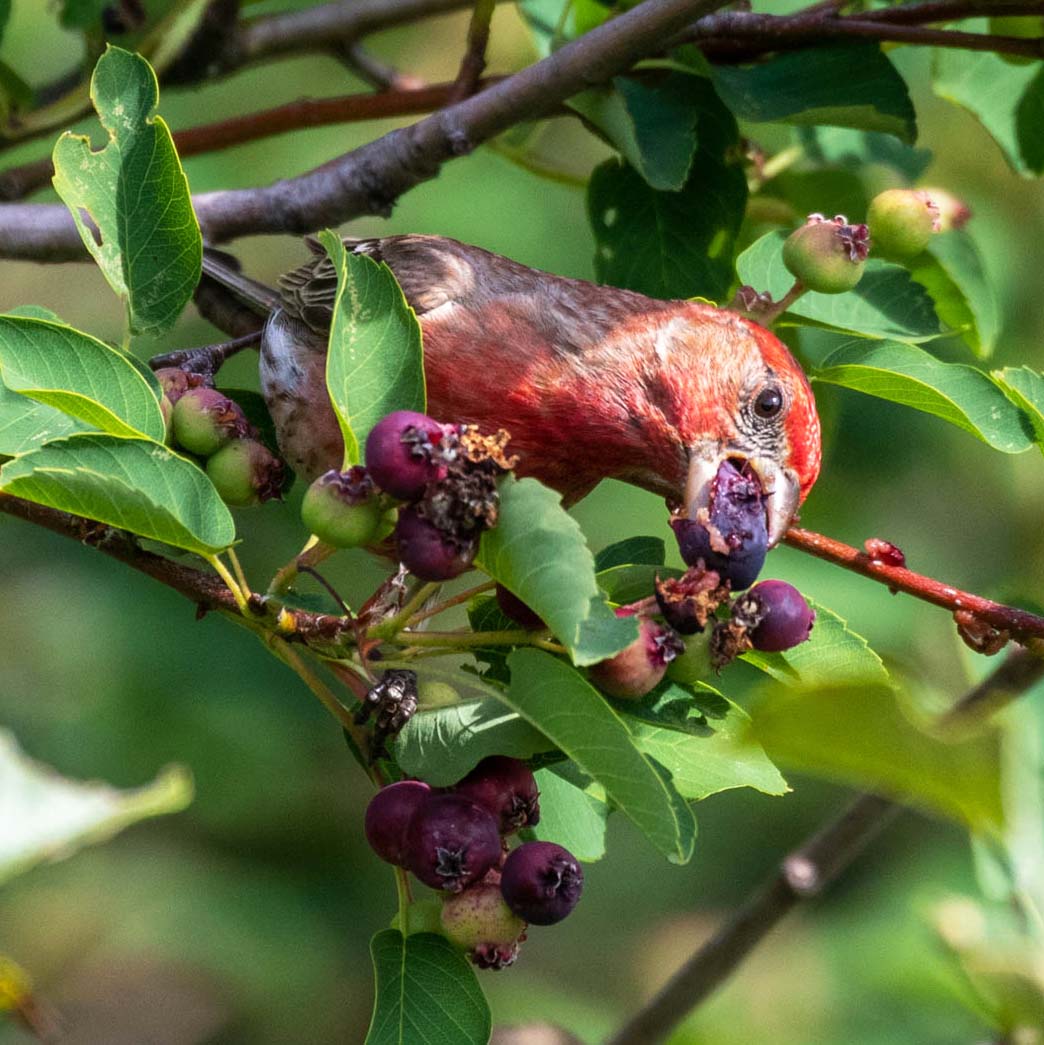
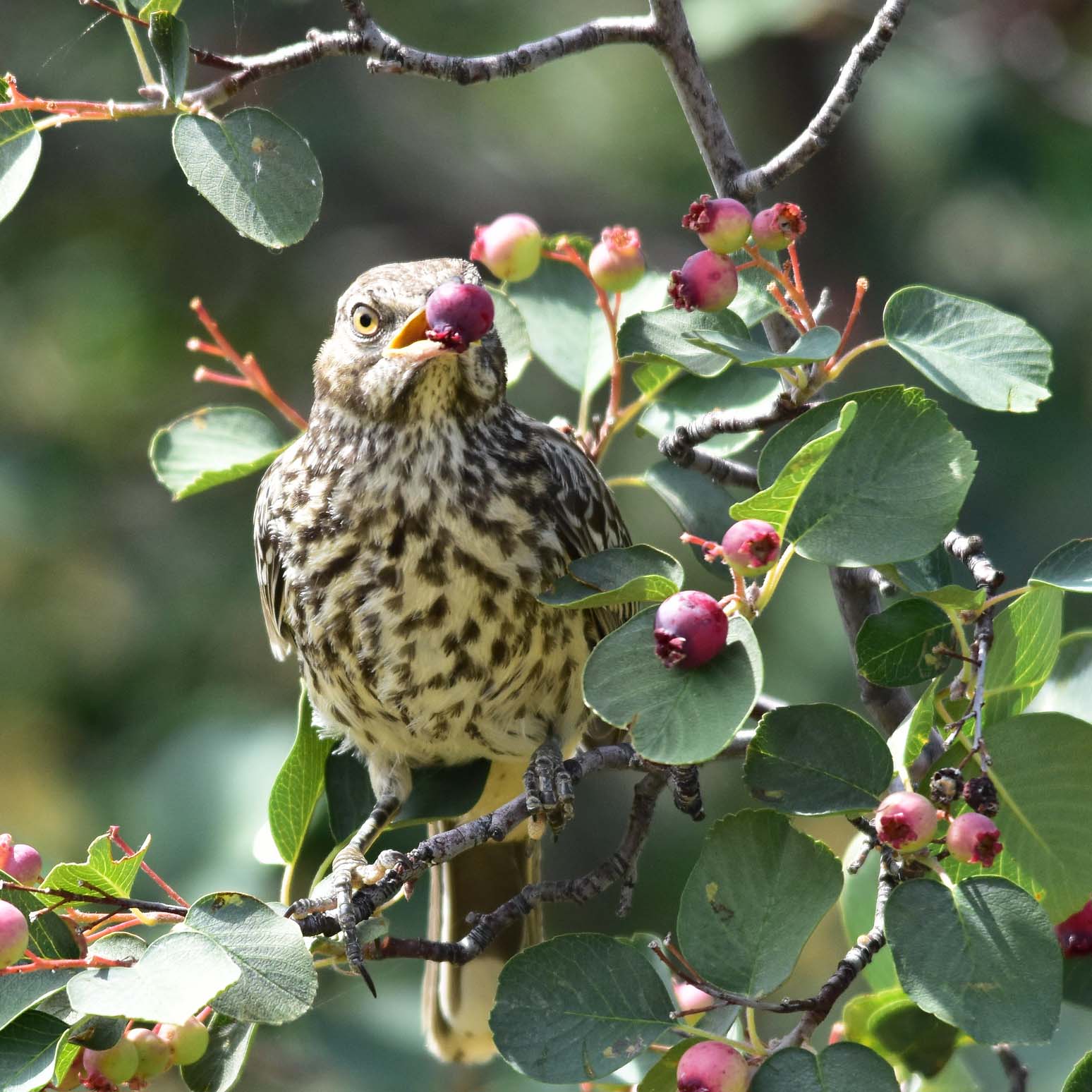
Pick Saskatoon berries for yourself, or leave them for the birds. Left: a house finch; photo: Andrew Reding / Flickr. Right: a sage thrasher; photo: USFWS Mountain-Prairie / Flickr.
I recently removed invasive lily-of-the-valley and daylilies from one of my garden areas. Two of the species I planted to replace them are black elderberry (Sambucus canadensis) and purple flowering raspberry (Rubus odoratus). A witch hazel (Hamamelis virginiana) is on my list as well because it blooms in the winter. (I mention three seasons of flowers below, but this would make it four!) And recently, I planted an asparagus “hedge” at the edge of my front yard vegetable garden.
If you are looking to rewild an area of your property, food forests are meant to mimic conditions found in nature. These ecosystems generally consist of seven layers of edible plants: the overstory and understory layers of trees, shrubs, herbaceous plants, ground cover and vines and roots.
4. Select native plants just to feed pollinators
For any edible lawn replacements you choose, you can also intersperse your plantings with native plants that may not feed you, but will feed the birds, bees, butterflies and other insects and wildlife that come through your garden.
I have a number of cultivated plants throughout my gardens, many of which were already here and some that I’ve planted myself. But for anything new, I’m more thoughtful in my plant selection. I’m trying to choose native plants to feed all the pollinators and other insects my garden attracts. Some favourites include prairie smoke (Geum triflorum), liatris (Liatris spicata), wild bergamot (Monarda fistulosa) and a variety of asters.

And I’m mindful about including host plants for butterflies – these are the plants caterpillars need to survive and complete their lifecycles. I grow a couple of types of milkweed for monarch butterflies. And my herb garden inadvertently feeds black swallowtail caterpillars, as parsley and dill are among the host plants where the butterflies will lay their eggs.
Some tips for lawn-removal success
Finally, a few things to think about when replacing your lawn with other kinds of plants:
- Digging up grass is a big job. Don’t dig up all your turf without a plan, or plants ready to go into that blank space.
- Many municipal yard waste programs do not accept sod. If you are digging up your lawn, make sure you have a way to use it or remove it from your property.
- Consider sheet mulching to break down the grass and create a new garden area.
- Be mindful of the growing conditions your plant choices favour. Read plant tags carefully.
- Plants that are drought tolerant and low maintenance will make your life easier.
- Any perennials you plant will require water until they become established. Vegetable crops will also need regular watering, as well.
- Consider mulching around new perennials, trees and shrubs to help suppress weeds.
- Plant for three seasons of flowers (and food). Look for perennials that bloom in early spring and others that don’t bloom until late summer and early fall.
If you do decide to keep some grass, consider overseeding with eco-friendly blends that require less maintenance. Look to local native plant and gardening groups for tips on what will work best in your region.
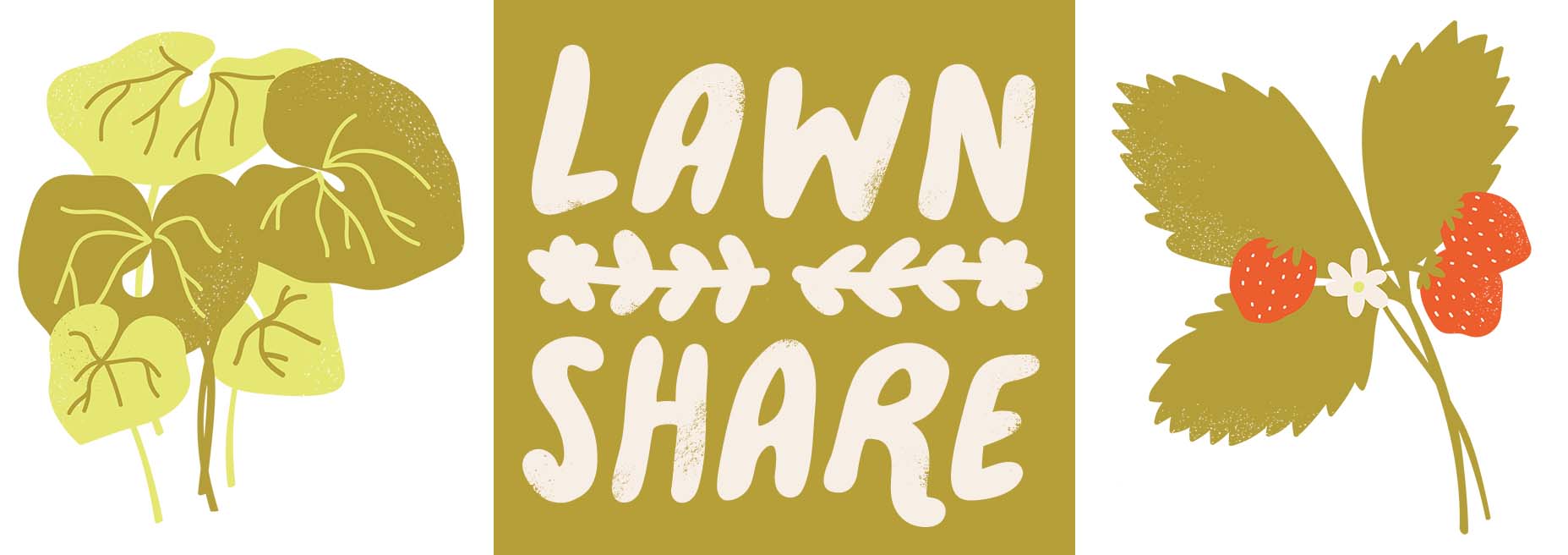
This article is part of a series on reimagining lawns as habitat as part of the David Suzuki Foundation's LawnShare program. LawnShare participants will receive simple guidance on how to take care of lawns with fewer impacts on local water, air and soil, and on how to transform these spaces into habitat that supports native plants and other wildlife while saving time and money.



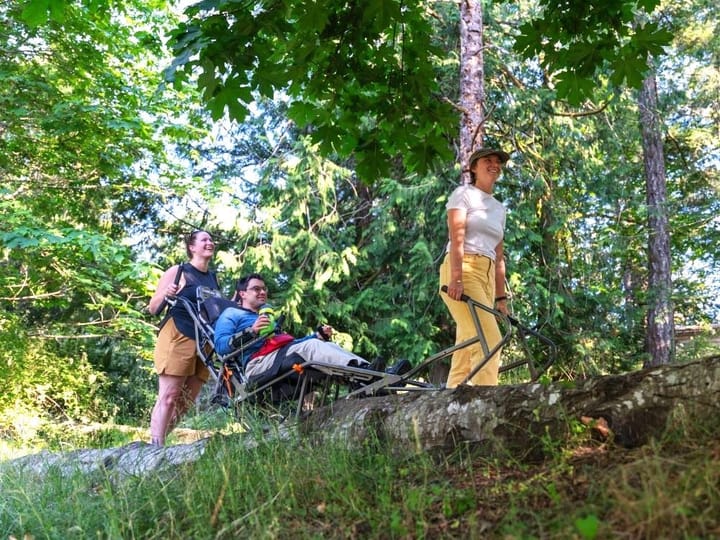

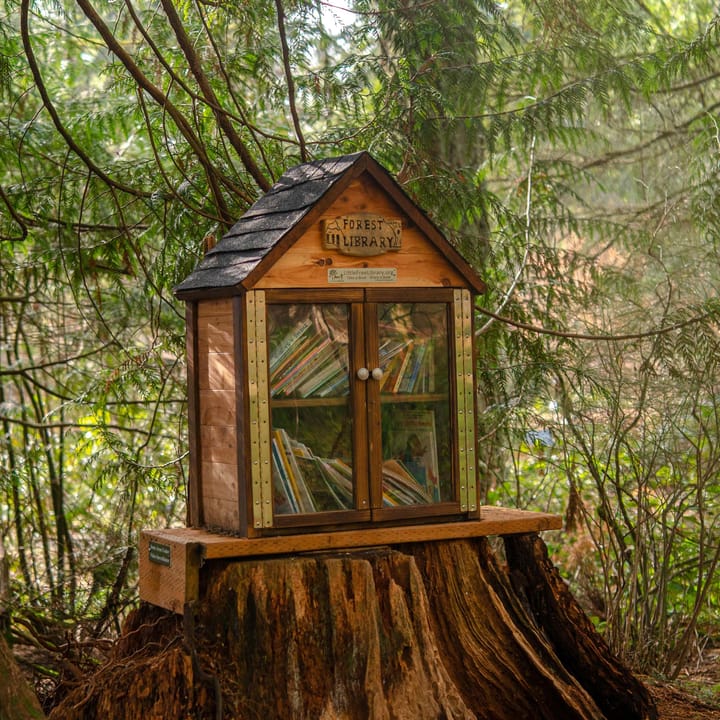
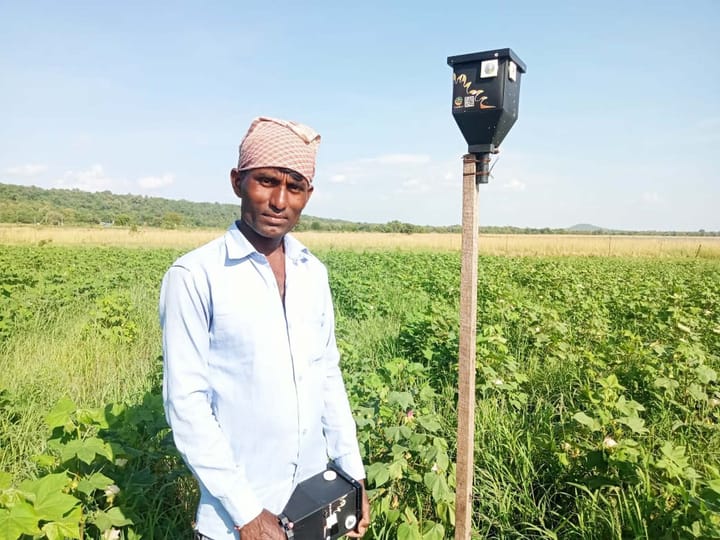
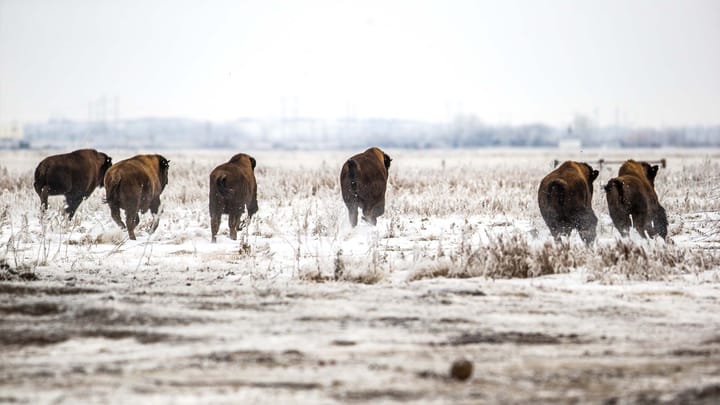

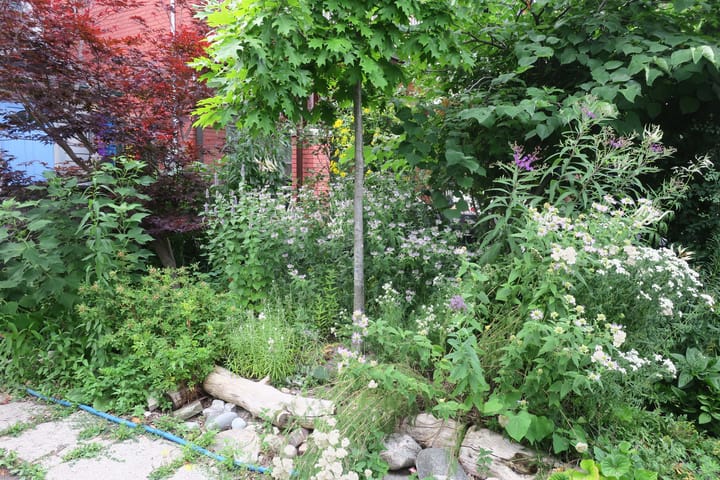


Comments ()